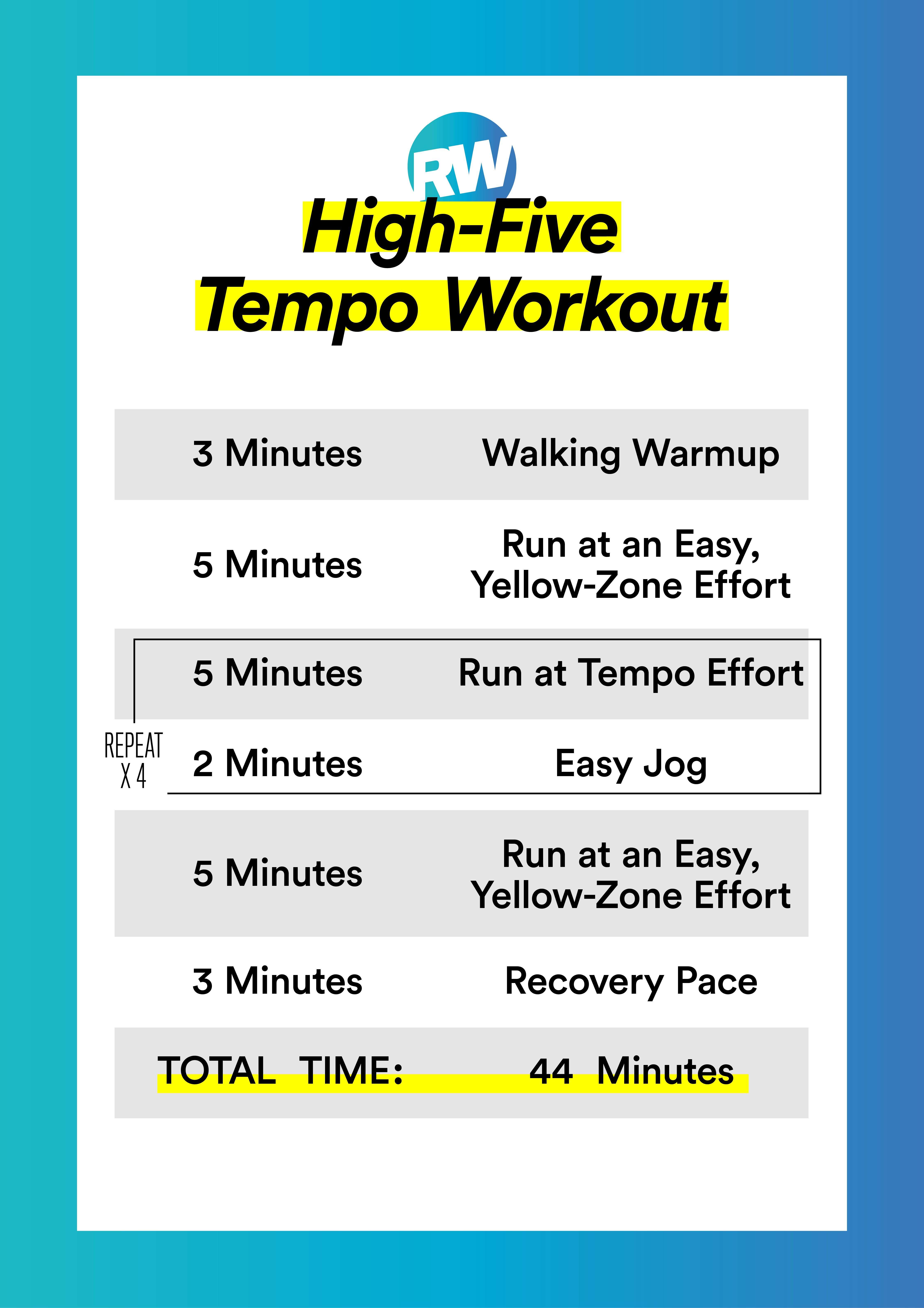Turbocharge Your Runs: Unlock Your Prospective with Strategic Running Workouts
Turbocharge Your Runs: Unlock Your Prospective with Strategic Running Workouts
Blog Article
Overcoming Pain in Running: Methods and Techniques That Work
Pain is a common friend for many joggers, typically functioning as a barrier to accomplishing their desired objectives. Nonetheless, with the appropriate approaches and strategies, it is feasible to get over and even stop the pain connected with running. By exploring numerous techniques such as recognizing the various kinds of running pain, optimizing shoes and type, incorporating cross-training and strength workouts, carrying out efficient recovery approaches, and preserving appropriate nutrition and hydration, joggers can potentially reduce their discomfort and improve their overall running experience.
Understanding Various Kinds of Running Pain

Another kind of running discomfort is joint pain, which can materialize as a sharp or achy discomfort in areas such as the knees, hips, or ankle joints (running strategy). Joint pain may be brought on by variables like improper running type, overuse, or underlying conditions like joint inflammation (excellent idea). It is essential to separate between muscle mass pain and joint discomfort, as the latter may need medical focus to stop more injury
Comprehending the different kinds of running discomfort is vital for reliable monitoring and avoidance methods to guarantee a safe and pleasurable running experience.
Proper Footwear and Running Type
To optimize efficiency and lower the danger of running-related injuries, selecting appropriate shoes and maintaining appropriate running form are crucial parts for runners of all degrees. It is recommended to pick running shoes that are especially created for the individual's foot type, running stride, and the type of running activity they engage in.

Cross-Training and Strength Exercises
Strength workouts, like squats, lunges, and core exercises, play an important function in stabilizing muscular tissues and improving running efficiency. They can deal with muscular tissue discrepancies, enhance dexterity, and improve power outcome, all of which are vital for running performance.
Incorporating cross-training and stamina exercises right into a running program must be done tactically. It is essential to permit for adequate rest between running sessions and cross-training activities to stop overuse injuries. Furthermore, concentrating on proper form and technique during stamina exercises is key to optimizing their benefits and reducing the danger of injury. By incorporating these aspects right into a running routine, joggers can build a more powerful structure, enhance efficiency, and appreciate a much more lasting running experience.
Recuperation and Rest Strategies
Having established the importance of cross-training and stamina workouts in a detailed running regimen, attention can currently be directed towards Recuperation and Rest Strategies as essential elements for optimizing performance and minimizing the risk of injuries. (running strategy)
Healing after running is crucial for muscle mass fixing and growth. Methods such as foam rolling, extending, and massage therapy help in minimizing muscle soreness and enhancing adaptability. Adequate remainder between runs enables the body to recoup and adjust to the physical stress, avoiding overuse injuries.
Integrating active recovery days redirected here right into a training timetable, where low-intensity activities like walking or cycling are carried out, can enhance blood circulation and advertise recovery without placing excess pressure on the muscular tissues. Furthermore, correct hydration and nutrition play an important function in the healing process by renewing lost fluids and nutrients.
Quality rest is an additional crucial element of healing that should not be overlooked. During rest, the body undertakes fixing and regrowth processes, contributing to total physical and mental wellness. By focusing on recovery and rest methods, runners can maintain optimal efficiency degrees and minimize the probability of experiencing discomfort or injuries.
Nutrition and Hydration for Runners
Exactly how can runners optimize their efficiency via correct nourishment and hydration methods? Nutrition and hydration are vital aspects of a jogger's training routine, playing a critical duty in performance, endurance, and recovery. To boost efficiency, joggers need to concentrate on taking in a well-balanced diet regimen that consists of carbs, healthy proteins, healthy and balanced fats, vitamins, and minerals. Carbs give power for running, while proteins help in muscular tissue repair service and recovery. Healthy fats sustain general health and assistance in absorbing essential nutrients. Ample hydration is likewise important to maintain ideal performance, as also mild dehydration can negatively impact running efficiency. Runners must drink water prior to, during, and after their go to stay hydrated. Electrolytes, such as sodium and potassium, are also vital for maintaining liquid balance and muscle function - running strategy. Additionally, timing dishes and treats properly before runs can help stop gastrointestinal pain and provide the needed power for peak performance. By taking notice of their nutrition and hydration, runners can boost their endurance, speed up healing, and execute at their best.
Final Thought
Finally, by understanding the various types of running pain, using appropriate shoes, keeping proper running form, incorporating cross-training and strength exercises, prioritizing recovery and rest, and concentrating on nutrition and hydration, runners can effectively conquer pain and enhance their performance. Executing these methods and methods can help runners avoid injuries, enhance their endurance, and ultimately delight in a more fulfilling running experience.
Report this page